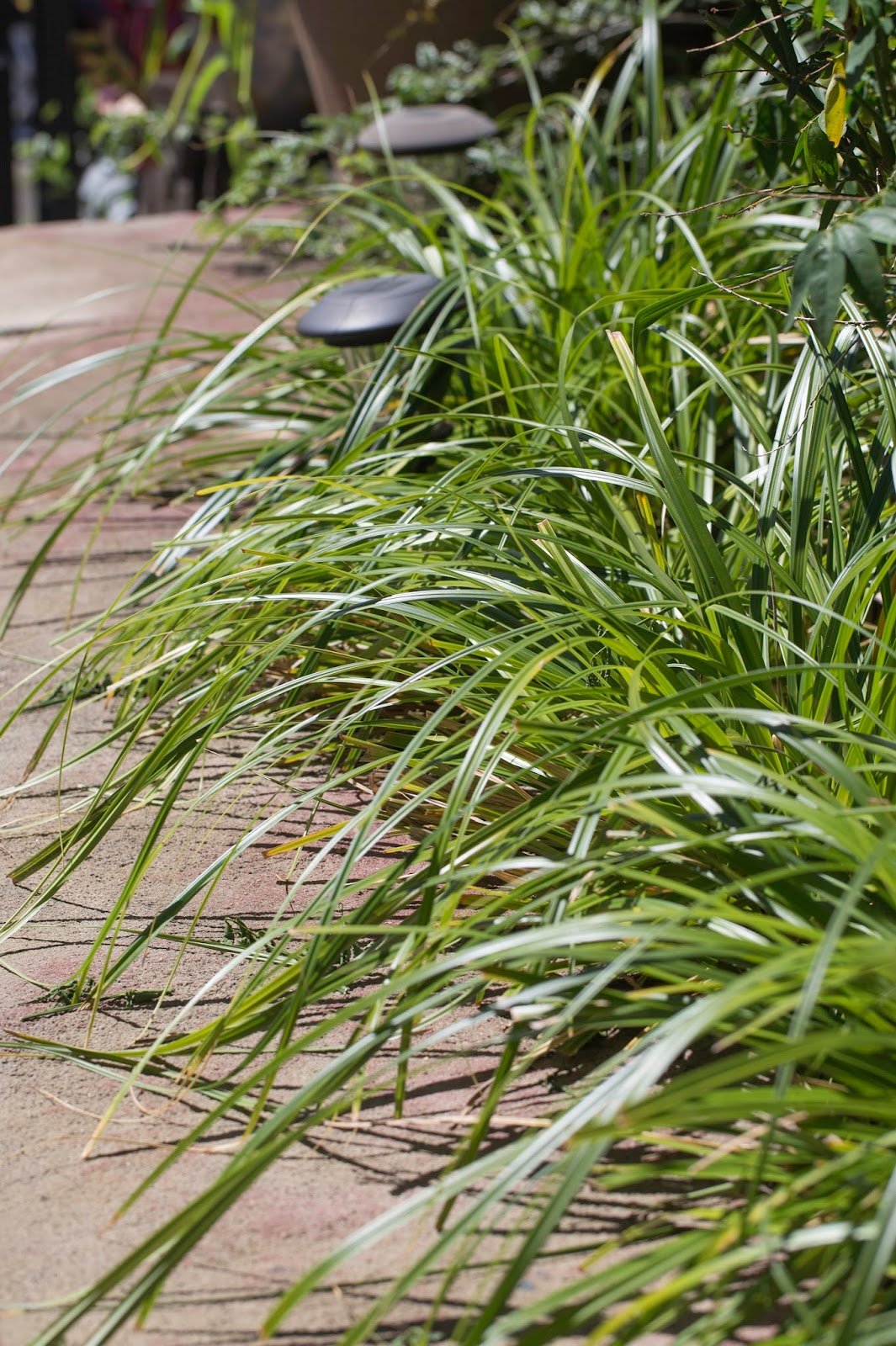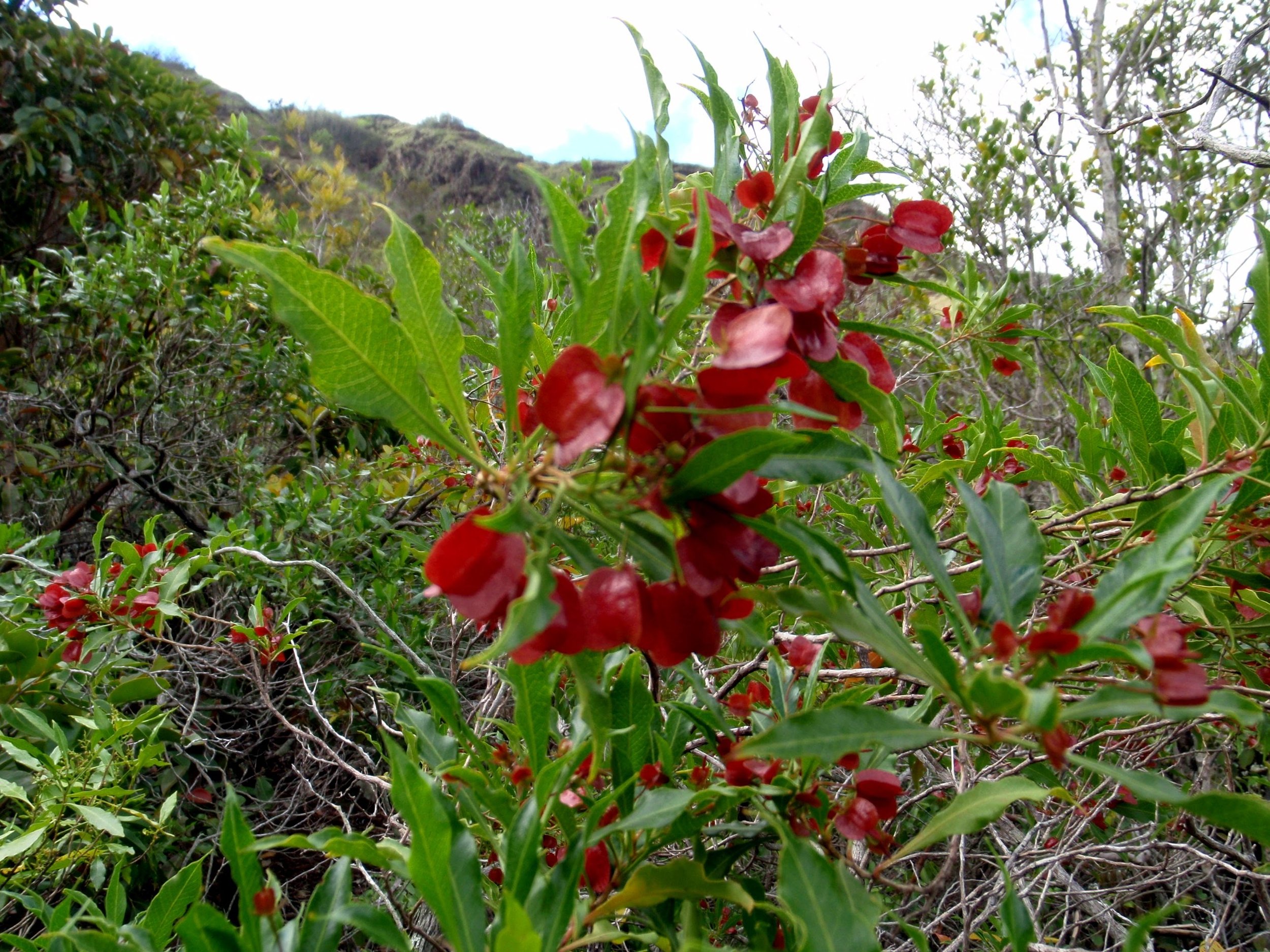Forested Rain Gardens

Beautiful solutions to
urban water pollution
The Problem
During dry periods, pollutants from cars, and other sources accumulate on paved surfaces and are washed into storm drains when it rains. These pollutants are highly toxic to aquatic ecosystems and human health.
Parking lot oil in runoff- Image: Todd Cullison
Urban Trees As A Solution
Trees act as the first line of defense for intercepting rain as it falls on paved surfaces. Tree leaves, bark and roots all play a role in the process of improving our watershed health by slowing down and cleaning stormwater. If we allow stormwater to flow into forested and vegetated areas, Earth’s natural filtration system can do it’s job to clean polluted water in urban areas. Our goal is to improve specific knowledge about the contributions trees make to facilitate wider use in stormwater management practices.
RAIN GARDENS WORK
Smart Trees Pacific designed this project as a bioremediation system incorporating trees to collect and treat stormwater runoff through soil microorganisms, evapotranspiration and infiltration. Bioremediation treats runoff at its source by removing sediment and other pollutants before they are drained into sensitive wetlands and other aquatic systems.
Our team selected Hamakua Marsh as the target waterbody for this water quality improvement project because of its natural resource significance. Hamakua Marsh/Kaelepulu stream is listed as an impaired waterbody by the State. This means that there is a significant problem with pollution from the surrounding residential and commercial areas, mainly from roadways, parking lots and other non-point sources. Additionally, Hamakua Marsh, is a Ramsar Convention Wetland of International Importance, which makes it a high priority for restoration.
Watch our fun video about rain gardens - designed by a talented Punahou Middle School student Mei Lee:
The Results
Over a 12-month study period, water quality was monitored to measure the effectiveness of using trees and plants to improve water quality and hydrology including runoff retention, volume reduction and pollutant removal of suspended solids, hydrocarbons, heavy metals and nutrients. Hundreds of gallons of runoff was treated and infiltrated into the ground during the study period.
Smart Trees Pacific collected pre and post treatment samples during storm events and tested them for pollutant levels. More than a hundred pounds of sediment was collected in the pretreatment sumps and in the gravel pit. Our tests results show that the rain gardens are very effective in removing medium chain and long chain hydrocarbons. The forested rain gardens are as effective as the densely planted herbaceous rain garden and, over time as the trees grow and develop larger root systems, they may prove to be more effective. We can say that Kou trees thrive in rain gardens with their flood and drought tolerance properties being well-suited to the conditions.
Trees & Plants
Due to extreme wet and dry conditions in the rain gardens, it is important to select plants that will thrive in these conditions. An extensive root system is desirable for filtration and phytoremediation throughout the entire garden. For this reason, rain gardens are typically planted more densely than is typical for landscaping projects. For this commercial site, other desirable characteristics included sun and salt tolerance, ability to break down hydrocarbons, and ability to withstand local feral animals.
Two trees, Kou (Cordia subcordata) and `Alahe`e (Psydrax odoratum) are planted in the rain gardens. We wanted to test the suitability of these two different native trees for use in rain gardens as well as compare their effectiveness for pollutant removal*. Kou had been studied previously with demonstrated pollutant removal ability. `Alahe`e is a much slower growing tree and struggled with the wet conditions at first. We planted the `alahe`e on a mound to protect against “wet feet,” which helped with tree survival. It is clear that Kou thrives in this environment, while `alahe`e may be used but needs more care and may be less suitable.
Oahu Sedge(Carex wahuensis) and Kupukupu Fern (Nephrolepis cordifolia) are used for the base of the rain garden as the first layer of filter. These plants have thrived in the rain garden and have provided a protective shield against erosion and chicken foraging.
Akia (Wikstroemia uva-ursii) is a groundcover or small shrub planted around the edges of the rain gardens for its drought tolerant properties.
Accent Plants: Kokio keokeo (Hibiscus arnottianus) or white hibiscus and kului (Nototrichium sandwicense) are planted as accent plants in higher areas surrounding the rain gardens.





YOU CAN HELP!
Support more rain gardens in your community ASK US HOW
Talk to businesses, schools, and commercial centers about the benefit of adding rain gardens or bioswales to help improve our waters.
Engage with Smart Trees Pacific to support more rain gardens. We actively seek partners to continue improving our urban watersheds through urban stormwater forestry.
Learn how to build a home rain garden.
PROJECT TEAM:
Smart Trees Pacific, DLNR Division of Forestry and Wildlife, Kaulunani Urban and Community Forestry Program, USDA Forest Service, Hui O Koʻolaupoko.
Project Support:
Smart Trees Pacific in collaboration with Hawaii State DLNR, Division of Forestry and Wildlife received one of five grants from the USDA Forest Service for improving water quality in urban areas. The USDA Forest Service provided the initial award, which has been matched by grants from Hawaiian Electric, Community Restoration Partnership Fund at Hawai‘i Community Foundation, Matson Navigation Company, Inc. & Subsidiaries, and Sterling Planet, Inc. The remainder will be secured through additional donations and in-kind services.
PROJECT RECOGNITION:
The Lani-Kailua Outdoor Circle recognized Smart Trees Pacific with a Beautification Award at the I Love Kailua Town Party on April 30th, 2017. We are honored by the recognition!





